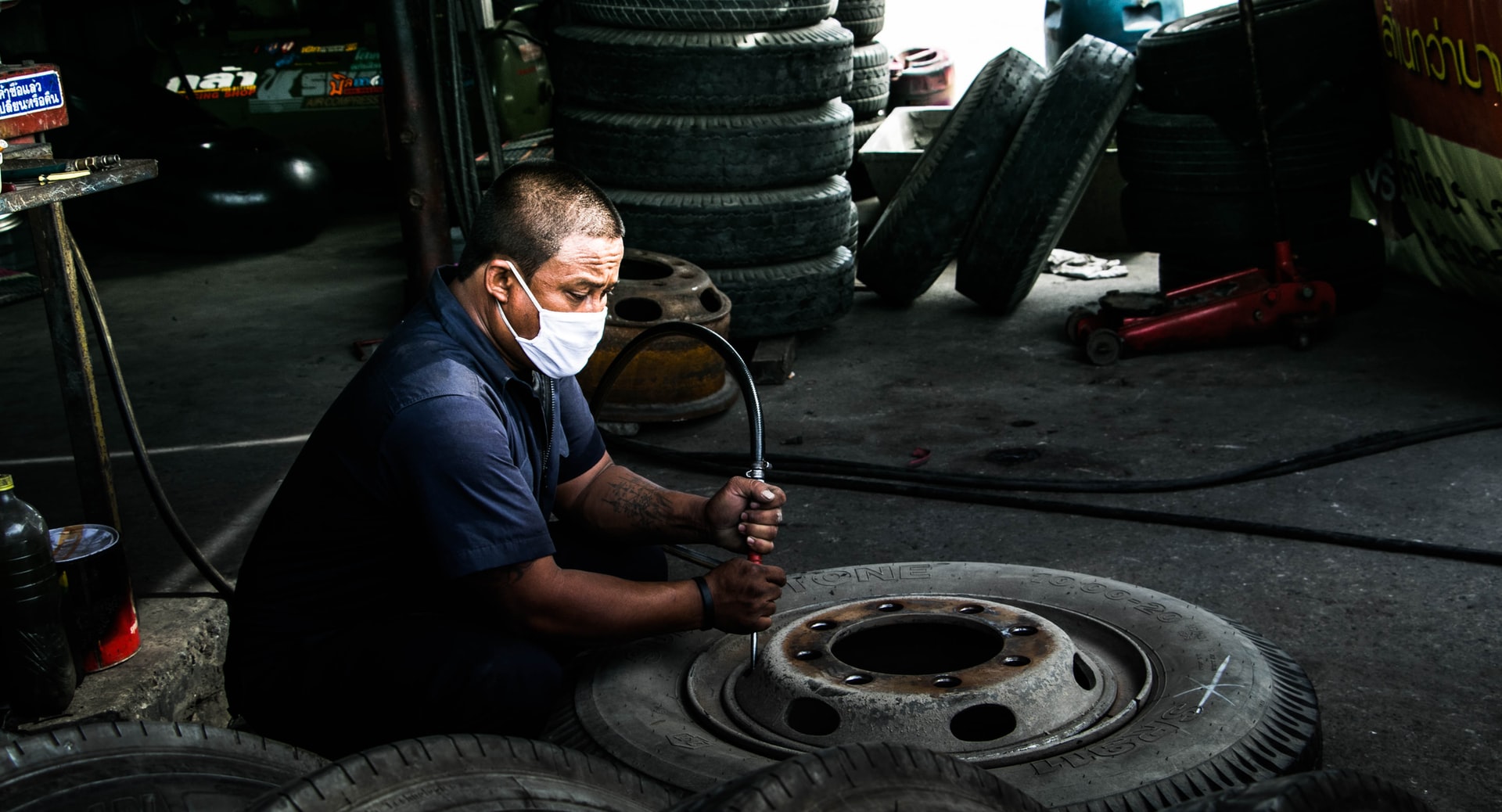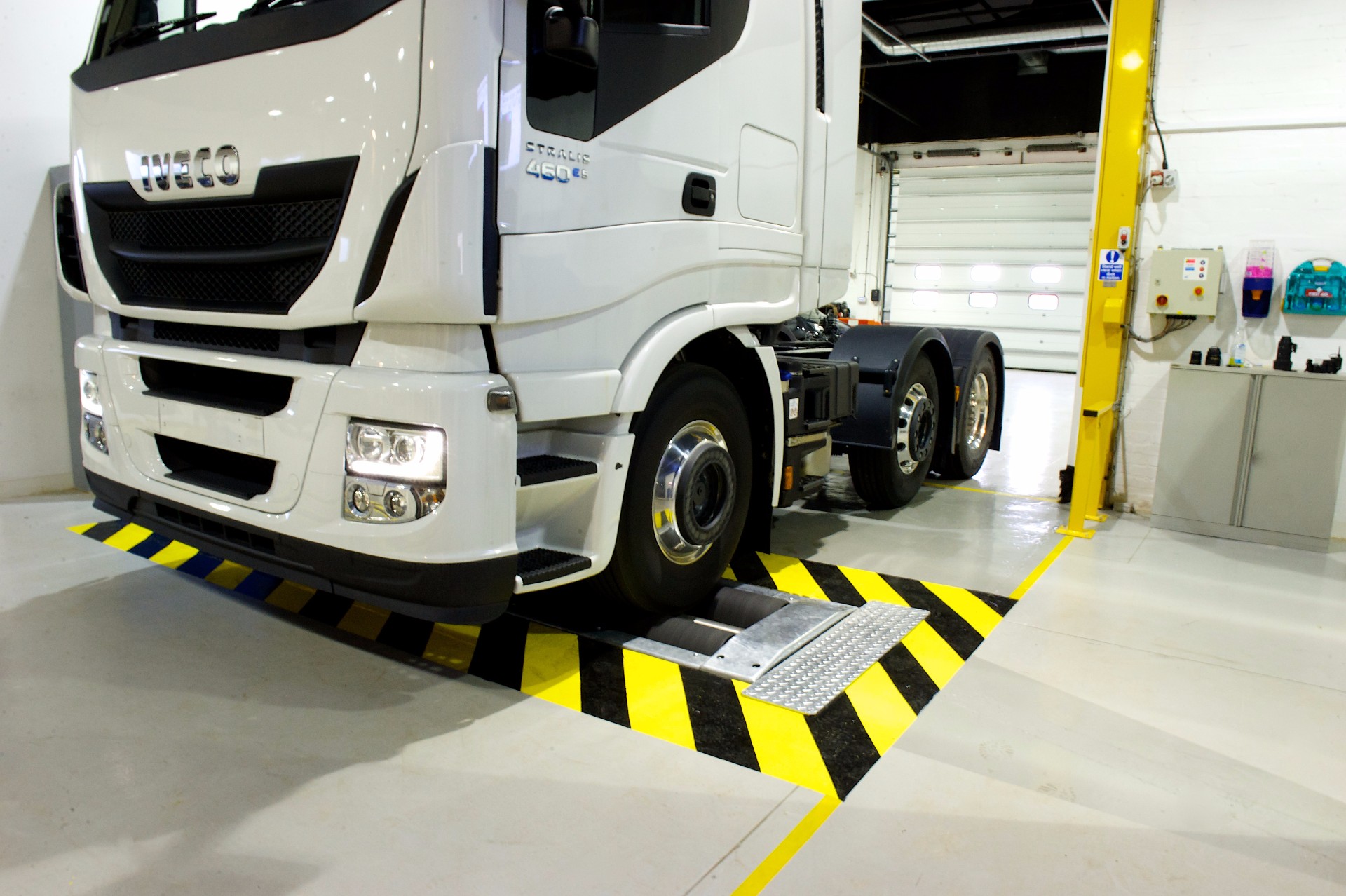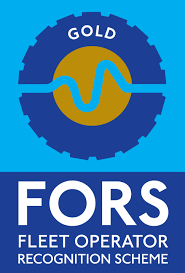providing clarity
Vehicle Maintenance

A thing to bear in mind as an operator is that if a vehicle under your jurisdiction is involved in a serious accident that results in injury or death, you (as the holder of the vehicle operator licence) and the driver of the vehicle will come under intense scrutiny. Do you currently have the systems and the processes in place to prove your vehicle was 100% roadworthy?
Here are the major undertakings an operator is required to be compliant with regard to vehicle maintenance:
PMI (Preventative Maintenance Inspections)
As per the VOL (Vehicle Operator’s Licence), each organisation based on the use and age of the vehicles agrees to a cyclical period [6 – 13 weeks] by which each vehicle is inspected across several areas [inside the cab, exterior, engine compartment, under/ alongside, brake tests & tyres]. A vehicle must be signed off as roadworthy to be allowed to be driven post a PMI.
PMI contain valuable data on the condition of the vehicle and a detailed inspection of each PMI report is a mandatory part of an operator’s obligation, with particular attention to aspects like brake performance test and tyres.
PMI can be performed in-house, but generally it's more cost-effective and prudent to use a third-party maintenance organisation. Ensuring that this third-party organisation is doing the desired checks to the required is still the obligation of the operator.
Good record keeping of PMI paperwork, with signoff sheets and invoices, can give a wholesome picture of how an organisation is managing the maintenance of its fleet.
DDI & DDRs
All CPC Qualified drivers are aware that before they use any vehicle or at the start of the shift, they are required to perform a Daily Driver Inspection (DDI), these should highlight all obvious ailments like missing or cracked mirrors or windscreens, bulbs and indicators, oil leaks, tyre pressure and dashboard lights. These must be recorded and reported in the form of a DDR (Driver Defect Report) to the relevant parties immediately. Its up to the driver to deem whether a vehicle is safe to drive or not.
Operators are required to have robust systems in place that allow the full follow-through of a fault identified by the driver to its remedy, i.e. a mobile mechanic visits the vehicle to fix the identified issues. A paperwork trail for this is required to satisfy an investigating DVSA officer.
Wheel & tyre
Operators are required to ensure they have a sound wheel and tyre safety policy in place that is well-communicated and deployed accordingly. Regular inspection of tyres and brakes is usually the practice amongst well-operated fleet businesses. Good record keeping of regular torque wrench usage and re-torque when wheels are removed is mandatory.
As the saying goes, a stitch in time saves nine, and couldn’t be more apt for any other industry other than fleet maintenance. Having safe and well-looked-after vehicles don’t just make legal sense but also business and profitability sense.
We can help you identify areas that need improvements, but most importantly we will provide practical solutions that work for your workforce.
Driver Walkaround
25 Things to check during a Driver Walkaround
During a Heavy Goods Vehicle (HGV) driver walkaround, the driver should check the following things:
1.
2.
3.
4.
5.
6.
7.
8.
9.
10.
11.
12.
13.
14.
15.
16.
17.
18.
19.
20.
21.
22.
23.
24.
25.
It is important for HGV drivers to perform these checks regularly to ensure that their vehicle is safe to drive and compliant with regulations. Drivers must have a written record or recorded on an app evidence as they may be requested during a routine check-up by DVSA / VOSA Officers. These records must be archived and kept for a minimum of 15 months.
From our experience, the quality of the driver walkaround is the litmus test of the levels of compliance in an organisation, we generally find that where the quality of the walkaround is good, compliance usually follows, as this single act normally doesn't require more than 15 mins to complete, it can be an easy means to changing the culture within the organisation.
If you are struggling with this aspect of your operation, try the following 5 actions to bring around a cultural change in your organisation:
Gate Checks - Make a routine of performing ad-hoc gate checks. Tachograph data -Most tachograph analysis systems generate reports that indicate how long it takes from the time the driver enters the tacho card to him/her driving off. Observe -Regularly observe drivers whilst doing the walkaround, reinforce good behaviours and challenge where required. Safety Inspection -Give structured feedback to the relevant drivers post any PMI / Satey Inspection, where they have potentially missed any defects that should have been picked up during the walkaround. Training -Regular training and awareness in this area can have a massive impact on driver behaviours .
PMI
What are Preventative Maintenance Inspections (PMIs)
Preventative Maintenance Inspections (PMIs) are a type of proactive maintenance performed on equipment or systems to identify and address potential issues before they turn into major problems. PMIs are typically scheduled at regular intervals and involve a comprehensive check of the equipment or system to ensure that it is operating optimally and within acceptable limits.
During a PMI, a technician or maintenance professional will inspect the equipment or system for signs of wear and tear, damage, or other issues that could compromise its performance or safety. They may also perform routine maintenance tasks, such as lubrication or filter replacement, to ensure that the equipment or system continues to operate smoothly.
The frequency and scope of PMIs may vary depending on the type of equipment or system, as well as the manufacturer's recommendations and any regulatory requirements. PMIs are commonly performed on industrial equipment, HVAC systems, vehicles, and other types of machinery. The goal of PMIs is to prevent unexpected downtime, reduce repair costs, extend the life of the equipment or system, and maintain a safe working environment.
Preventative Maintenance Inspections (PMI) for Heavy Goods Vehicles (HGVs) are regular checks performed on a vehicle to identify potential problems and prevent breakdowns before they occur. PMIs are an important part of ensuring the safety and reliability of HGVs.
During a PMI, a trained technician inspects the vehicle's various components, including the engine, brakes, suspension, and steering, to ensure that they are functioning properly. They may also perform diagnostic tests to detect any potential problems with the vehicle's computer systems.
PMIs are typically performed at regular intervals, often every six to eight weeks (maximum 13 weeks as per DVSA guidelines), or after a certain number of miles have been driven. The exact schedule may vary depending on the vehicle's age, usage, and maintenance history.
The goal of a PMI is to catch any potential problems early, before they can cause a breakdown or other safety issue. By detecting and addressing issues early, PMIs can help prevent costly repairs and minimize downtime for the vehicle.
Overall, PMIs are an essential part of maintaining the safety and reliability of HGVs, and they are required by law in many countries to ensure that vehicles are in proper working order.
In essence, a PMI or Safety Inspection is a regular Mini MOT required for HGV, although they still have to be presented for a more probing MOT every year also.
Some of the key areas that are checked during these inspections include:
1.
2.
3.
4.
5.
6.
7.
8.
HGV Roller Brake Test
What do all the numbers mean?

A Heavy Goods Vehicle (HGV) roller brake test printout typically includes several measurements and numbers that indicate the vehicle's braking performance. The specific information displayed on the printout may vary depending on the brake testing equipment used, but here are some common measurements and numbers that may appear:
Gross Vehicle Weight (GVW) : This is the weight of the fully loaded HGV, including the weight of the vehicle, cargo, and passengers. The report will also specify if the test was considered, "Laden" or "Un-Laden".Brake force : This is the force exerted by the brakes on the vehicle's wheels. The brake force is usually measured in kilonewtons (kN).Brake efficiency : This is the percentage of the braking force that is effectively transferred to the wheels. Brake efficiency is calculated by dividing the brake force by the vehicle's GVW and multiplying the result by 100.Brake imbalance : This is the difference in braking force between the left and right wheels on an axle. Brake imbalance is expressed as a percentage of the average braking force for the axle.Wheel lock-up : This is a measurement of the percentage of time that the wheels lock up during the brake test. Wheel lock-up can indicate a problem with the brake system, such as uneven brake force or worn brake pads.Overall assessment : The printout may also include an overall assessment of the vehicle's braking performance, based on the measurements and calculations above. This assessment may indicate whether the vehicle passes or fails the brake test, and may include recommendations for further action if necessary.
